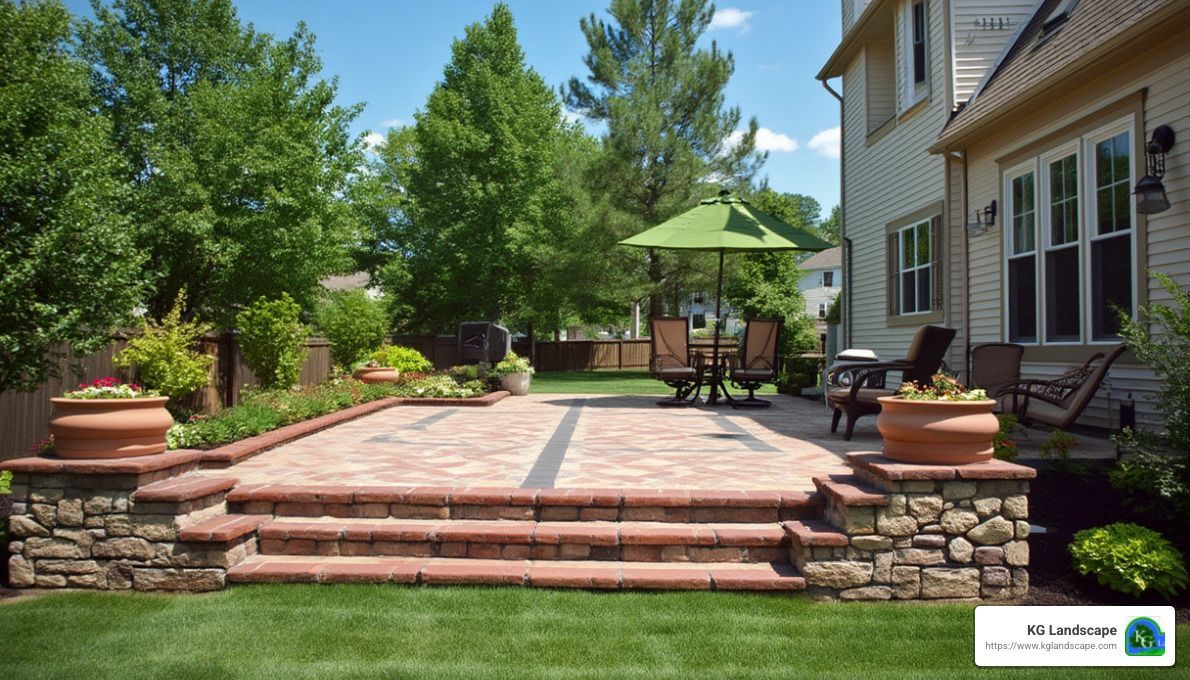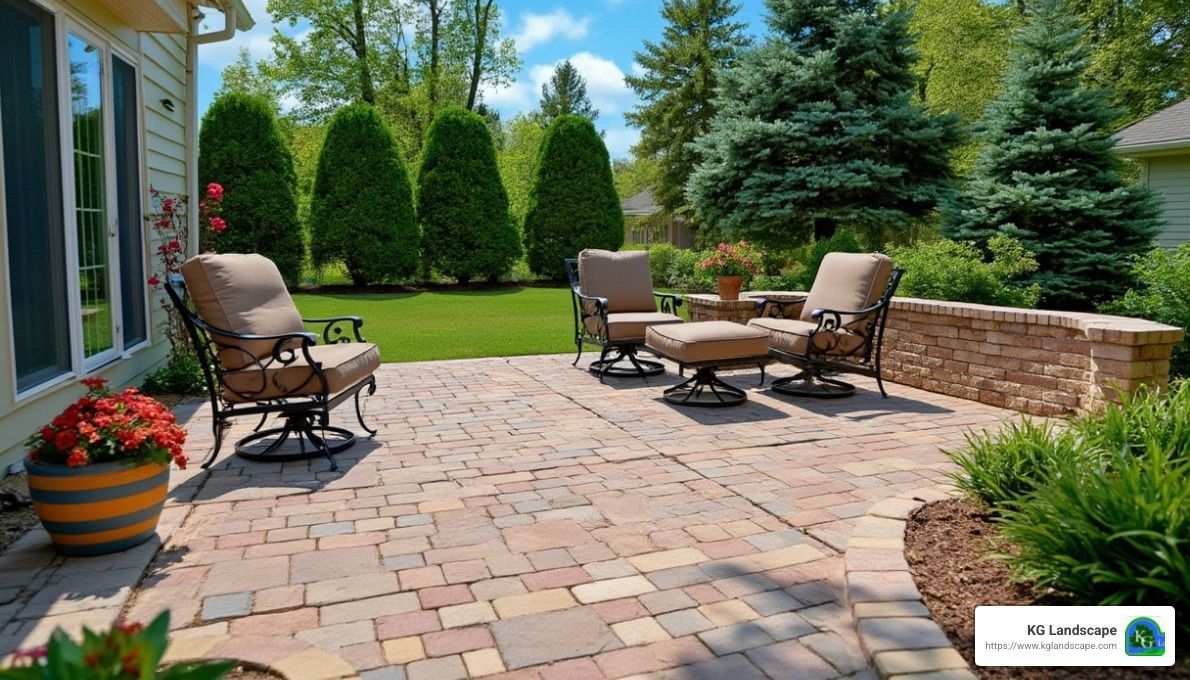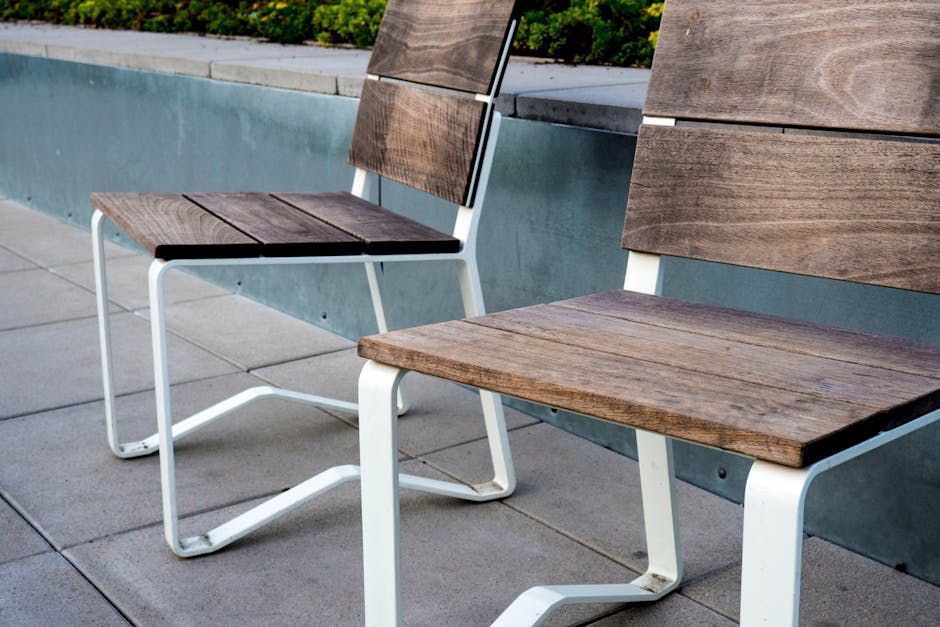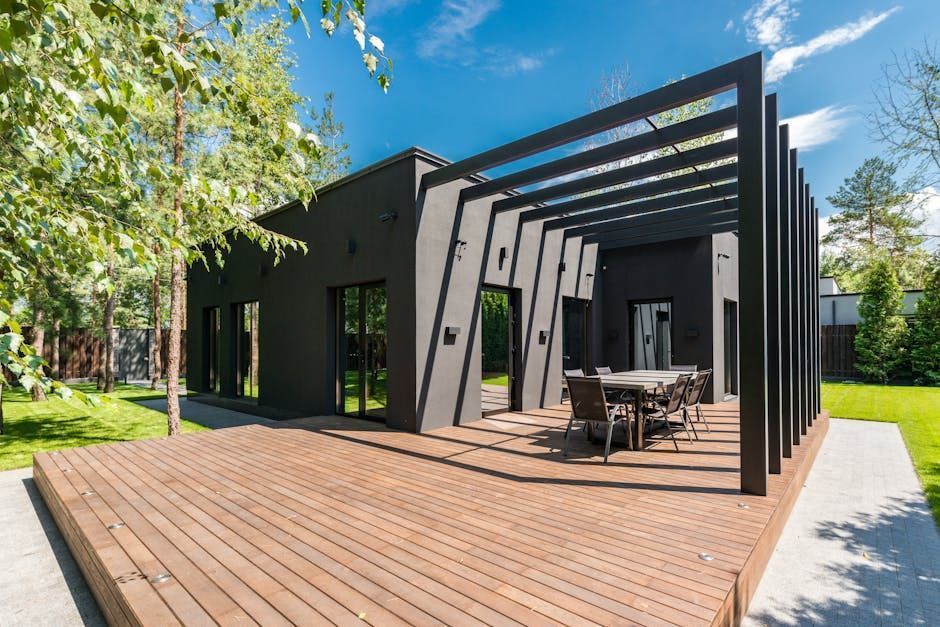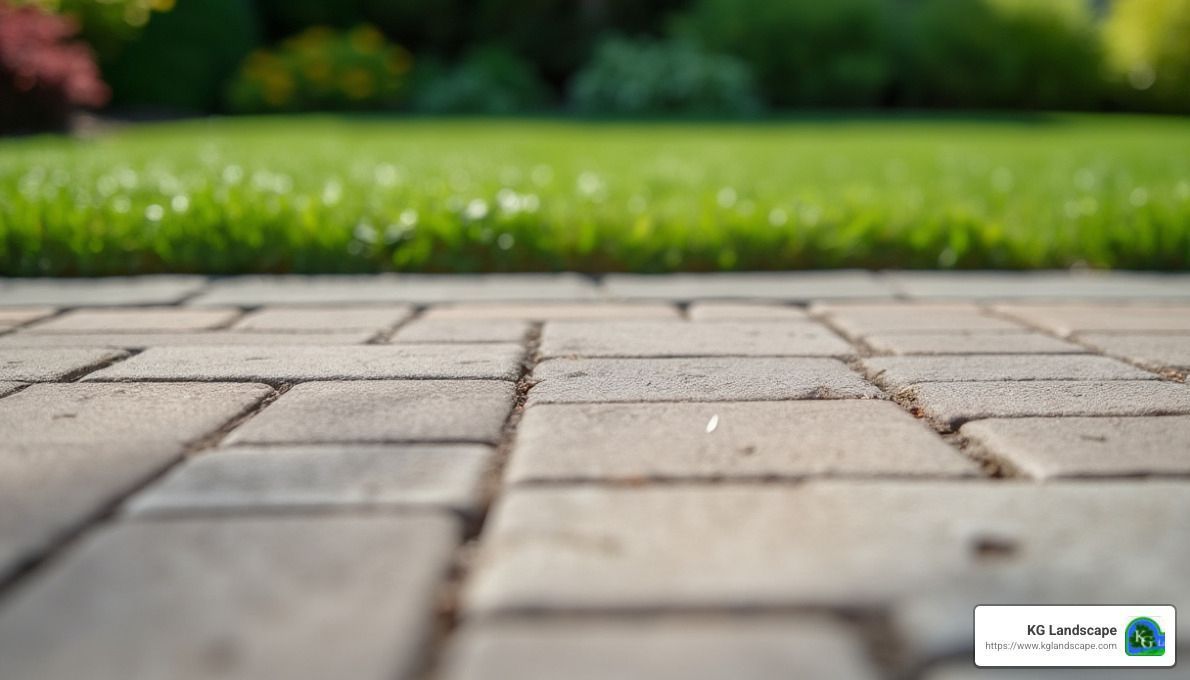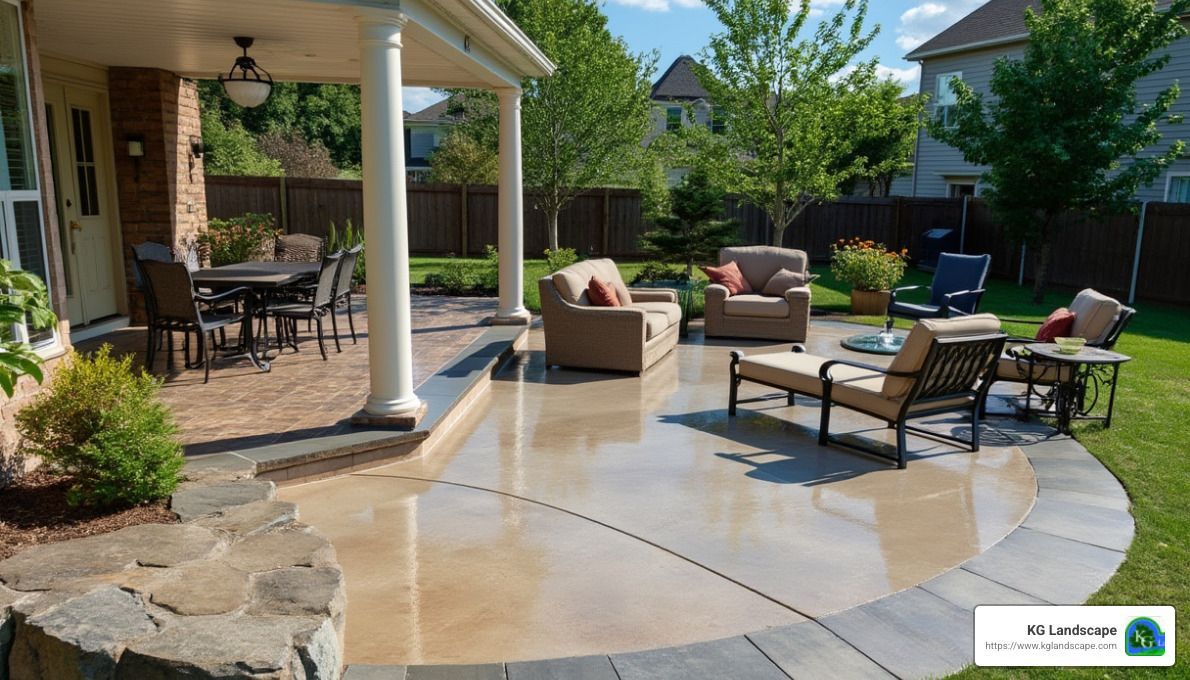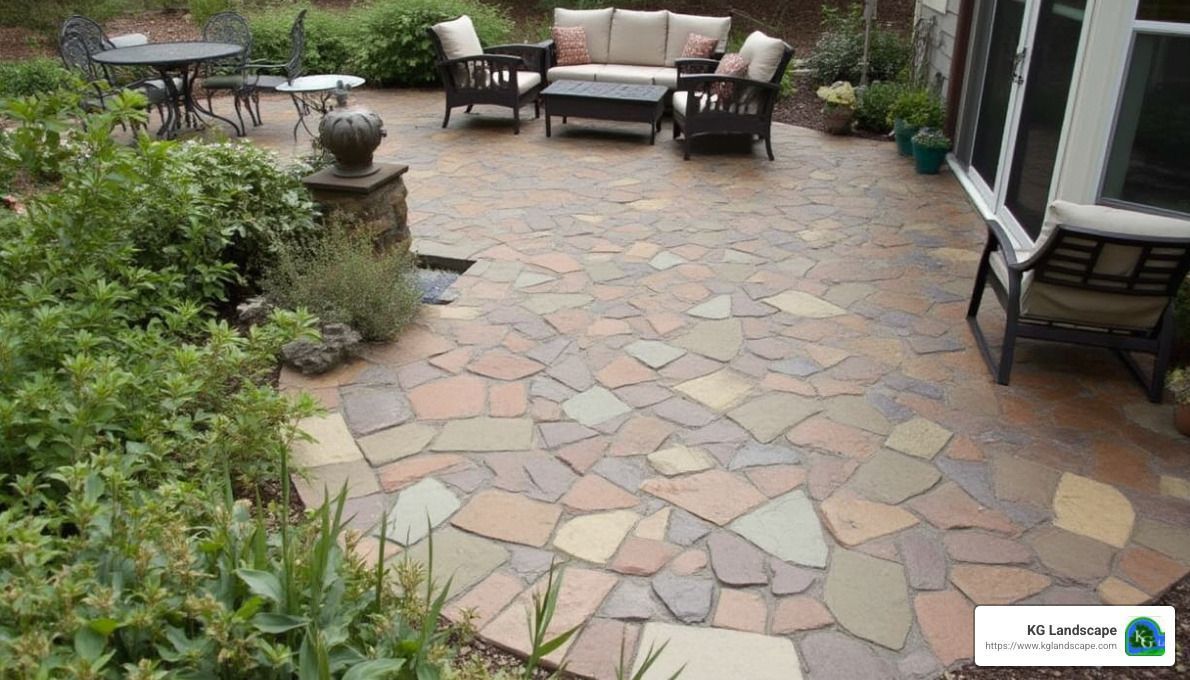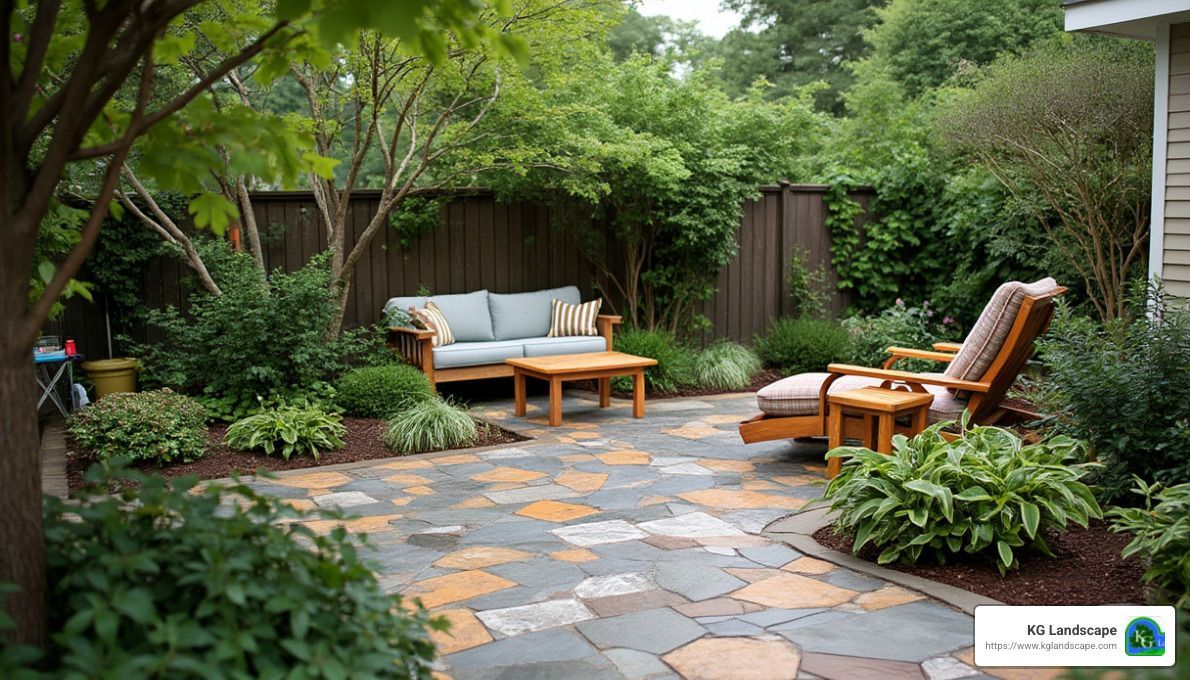Common Weeds To Watch Out For In Your Landscaping And How To Control Them
A beautiful landscape is a source of pride for any homeowner, but maintaining it can be an ongoing challenge when pesky weeds invade and threaten its well-being. As these unwelcome guests appear in your garden or lawn – be it dandelions, crabgrass, or even the infamous creeping Charlie – understanding how to identify and control them becomes essential.
In this blog post, we'll explore some of the most common weeds that you might encounter in your landscaping efforts and provide practical tips on keeping them at bay.
Key Takeaways
- Dandelions, crabgrass, creeping Charlie and broadleaf weeds are some of the most common weeds that can invade your landscaping.
- Hand-pulling or mulching around garden beds are effective non-chemical ways to control weeds in your landscape.
- Herbicides can be used along with other treatments like hand - pulling, cultivation and mulching to keep unwanted weeds at bay.
- Proper lawn care practices like regular mowing, trimming and watering promote healthy growth and prevent weed establishment over time.
Common Weeds In Landscaping
Dandelions, crabgrass, creeping Charlie and broadleaf weeds are some of the most common weeds that can invade your landscaping.
Dandelions
Dandelions, often considered a pesky invasive species, are one of the most common weeds found in landscaping throughout California. They have the uncanny ability to spread quickly due to their lightweight seeds that can travel far distances on even the gentlest breeze.
Proactively managing dandelions requires consistent effort and dedication from gardeners wanting to maintain pristine landscapes. Hand-pulling individual plants before they go to seed is crucial in preventing further infestation. For those who want a more sustainable approach, incorporating native plants into your landscaping can help deter unwanted dandelion growth while providing natural habitats for local flora and fauna.
In addition, applying mulch around desired vegetation suppresses weed germination by blocking sunlight needed for growth.
Crabgrass
Crabgrass, a notorious and unwelcome guest in many yards, ranks among the most common weeds found in landscaping. This pesky annual grassy weed is widely known for its ability to quickly spread and take over lawns if left unchecked.
Controlling crabgrass requires a combination of lawn maintenance strategies aimed at preventing its establishment and growth. For starters, ensure healthy lawn care practices such as proper mowing heights and regular watering to foster an environment less hospitable to crabgrass invasion.
In addition to nonchemical methods like hand-pulling or mulching around garden beds, selective herbicides can be employed to target broadleaf weeds without harming your precious grasses.
Creeping Charlie
Creeping Charlie, a notorious weed also known as ground ivy or Glechoma hederacea, is one of the most common weeds in landscaping. This invasive species thrives in shady areas and wet, nutrient-poor soil, often becoming a significant garden pest.
One way to control this nuisance weed is by promoting healthy lawn growth to outcompete it. Ensuring proper soil health and adjusting light conditions can go a long way toward keeping Creeping Charlie at bay.
A variety of methods exist to kill this troublesome plant, such as using vinegar or applying natural or chemical herbicides specifically designed for controlling weeds like Creeping Charlie.
Broadleaf Weeds
Broadleaf weeds are a type of weed that can invade your garden, lawn, and landscape. They have netlike veins in their leaves and nodes containing one or more leaves. These pesky weeds may also have showy flowers that can be attractive to the eye but cause harm to your turf.
Some common broadleaf weeds found in yards include broadleaf plantain, common chickweed, and dandelion.
Mowing and trimming can help prevent the formation and spread of seeds from many broadleaf weeds from turf into the surrounding landscape.
However, if you've already noticed them sprouting up around your property, there are several ways to control them such as hand-pulling or using herbicides selectively on affected areas while minimizing damage to desirable plants like flower beds or vegetable gardens.
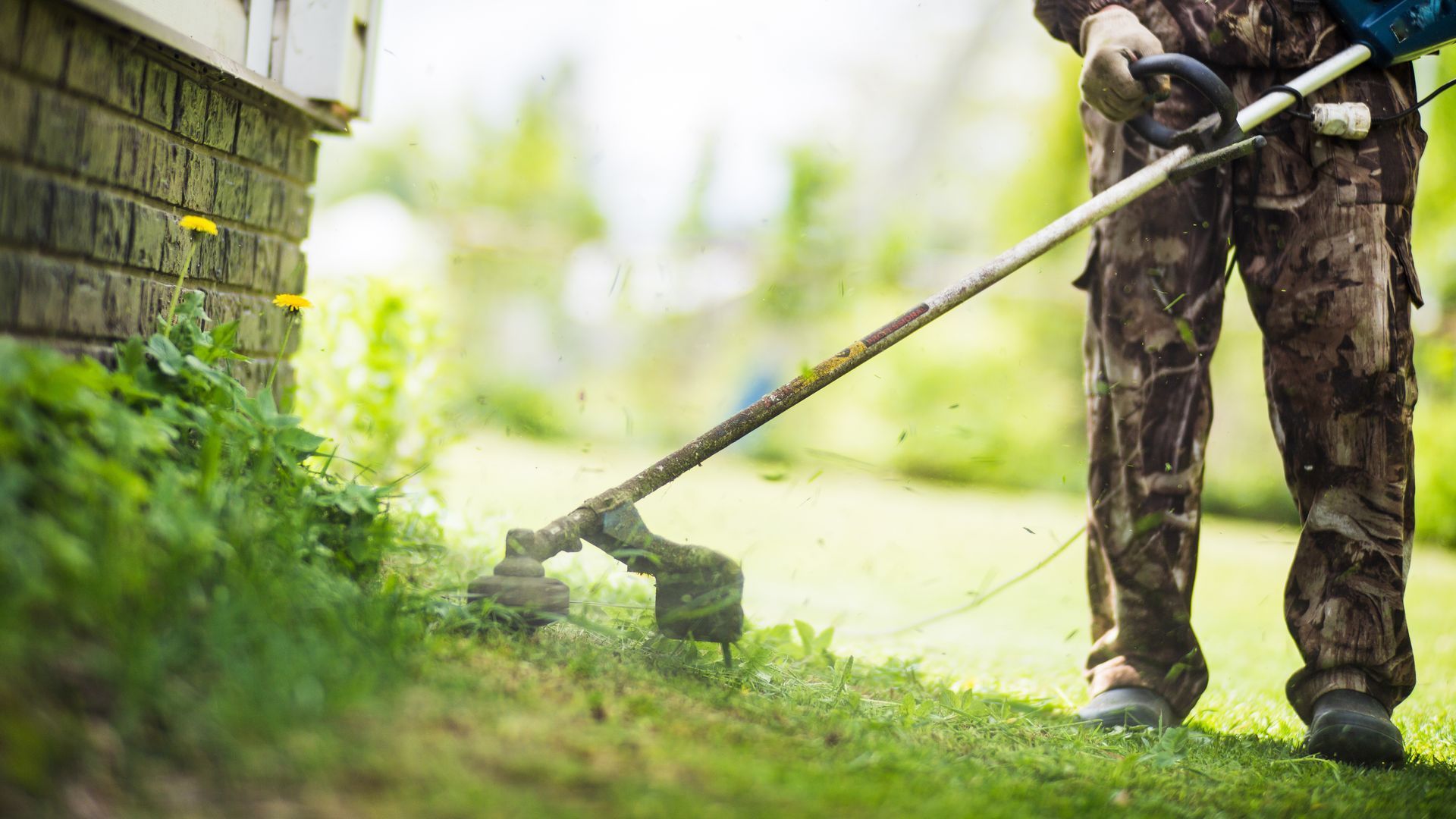
How To Control Weeds In Landscaping
To effectively control weeds in your landscaping, you can use non-chemical methods such as hand-pulling and mulching, or chemical methods like herbicides - read on to learn more!
Hand-pulling
Hand-pulling weeds is one of the most effective ways to control weeds in landscaping beds. It involves physically removing the weed by grasping it at the base and gently pulling upwards. This method works best for small, annual weeds or newly emerged seedlings. However, hand-pulling may not be as effective for invasive species with deep roots as it can leave behind some root fragments that can regrow into new plants.
It's important to keep an eye on your landscape beds and remove any visible weed growth regularly to prevent them from establishing deep roots.
Other post-weeding prevention measures like regular mulching, cultivation, mowing or chemical treatments can also aid in keeping weeds under check in your landscape beds - reducing the potential damage they could do which would subsequently reduce overall maintenance cost of landscaping efforts over a long period of time.
Herbicides
Herbicides are commonly used in controlling weeds in landscaping. These chemicals work by attacking and killing the roots, leaves, or stems of the target plants. Glyphosate is a common herbicide applied to landscape planting beds for weed control .
Pre-emergent herbicides are another effective means of preventing weed germination and growth before new weeds appear. They're applied prior to seeding or planting and provide a barrier that prevents most annual weed seeds from sprouting.
Mulching
Mulching is an effective and eco-friendly way to control weeds in landscaping. By covering soil with a layer of organic or synthetic material, mulches prevent sunlight from reaching weed seeds, causing them to dehydrate and die. Some common types of organic mulch include bark chips, leaves, straw, grass clippings, and compost.
These materials can be readily available in most gardens or acquired locally.
Mulching should be considered an essential component in any garden bed preparation routine aimed at controlling weeds without resorting to toxic herbicides.
Conclusion
In conclusion, weeds can be a nuisance and unsightly addition to your landscaping. However, with proper identification and control methods, you can prevent them from taking over your garden beds and lawn.
Hand-pulling or using herbicides are effective ways to get rid of weeds, but don't forget about natural alternatives like mulching. Regular maintenance of your landscaping will also ensure that any weed growth is detected early on and quickly handled.

